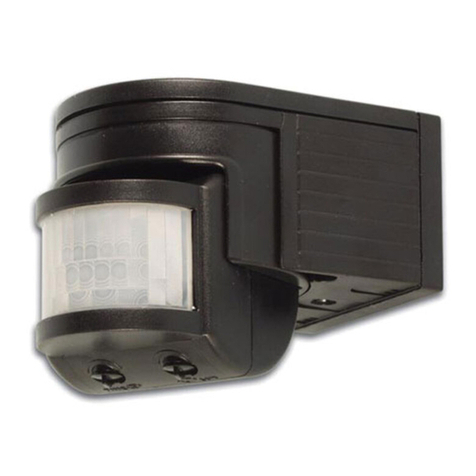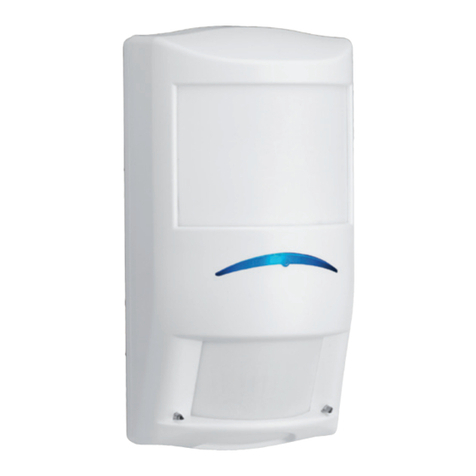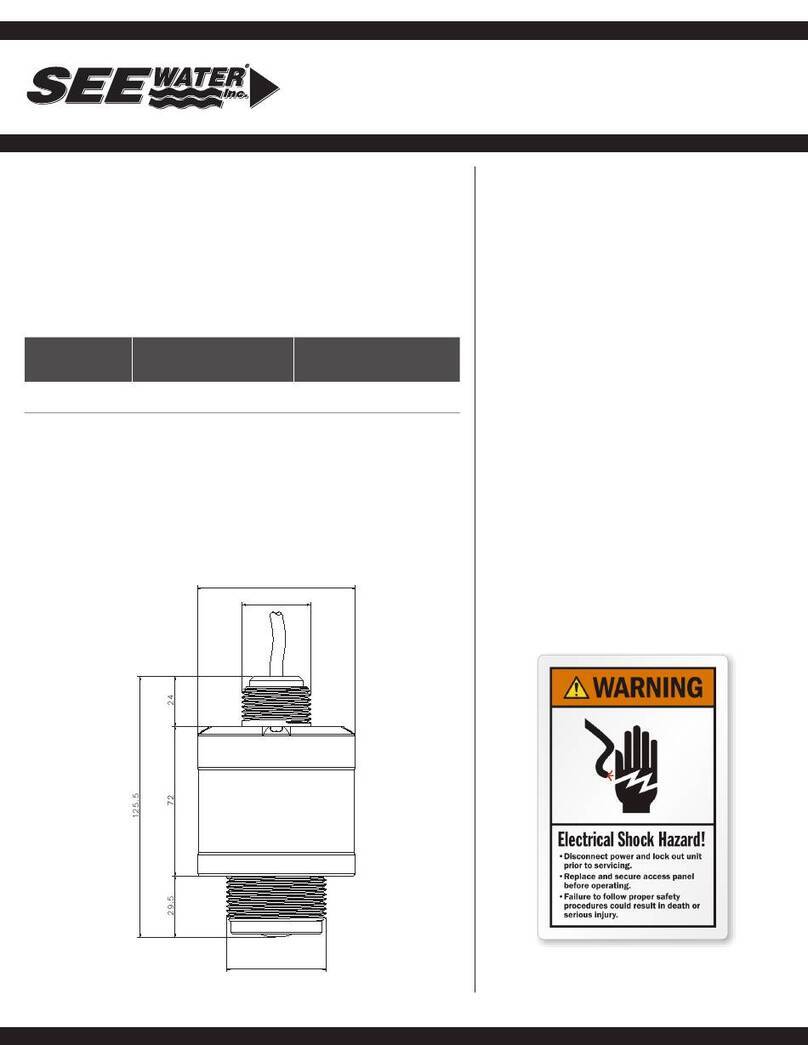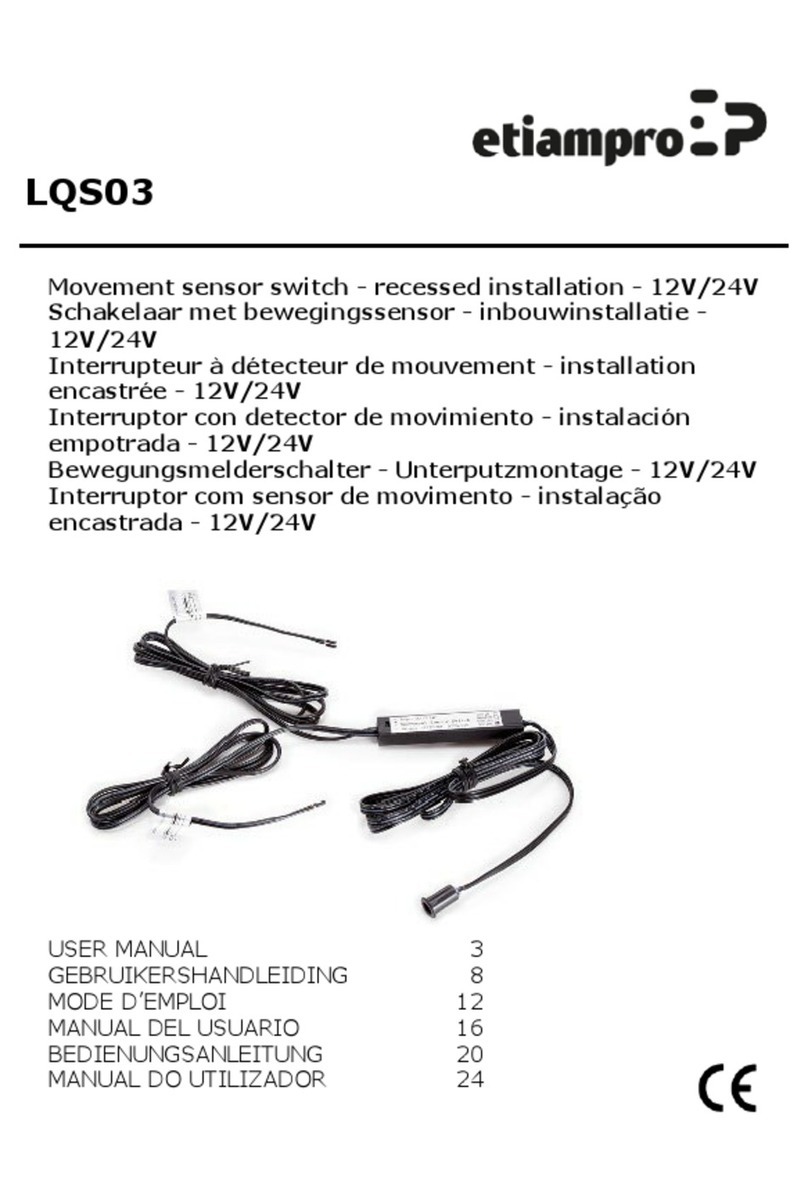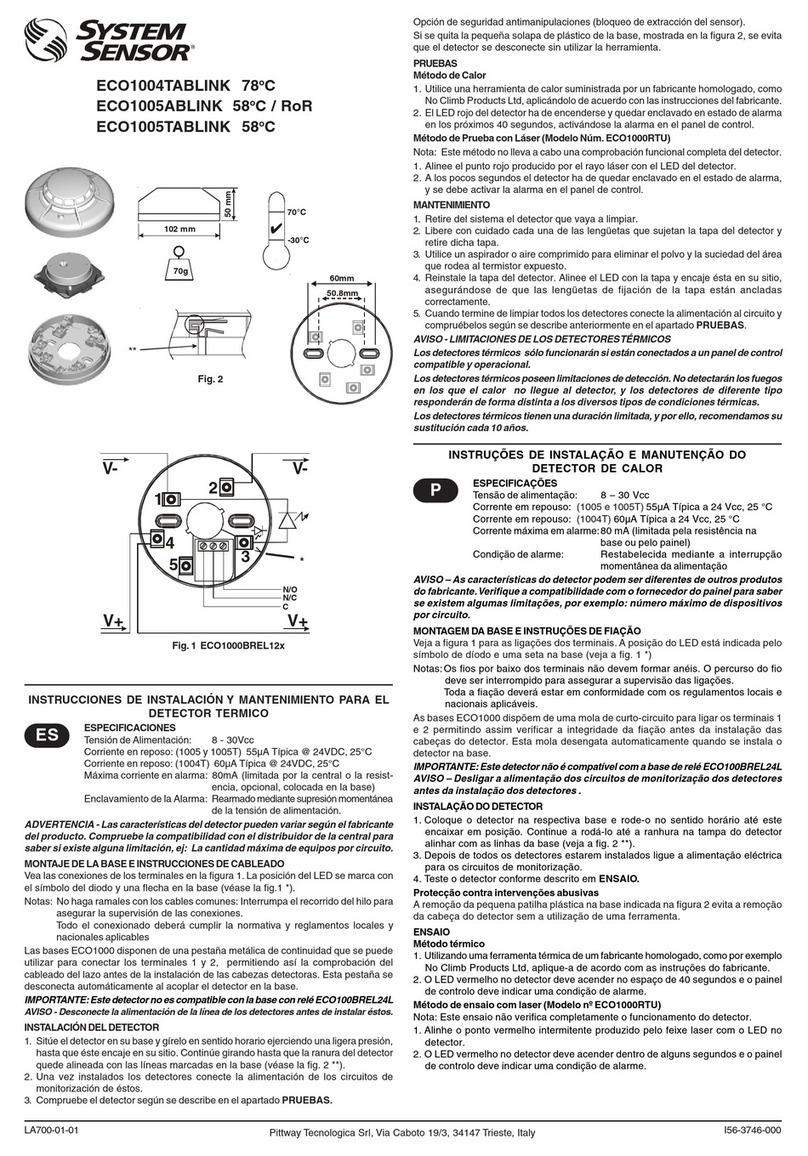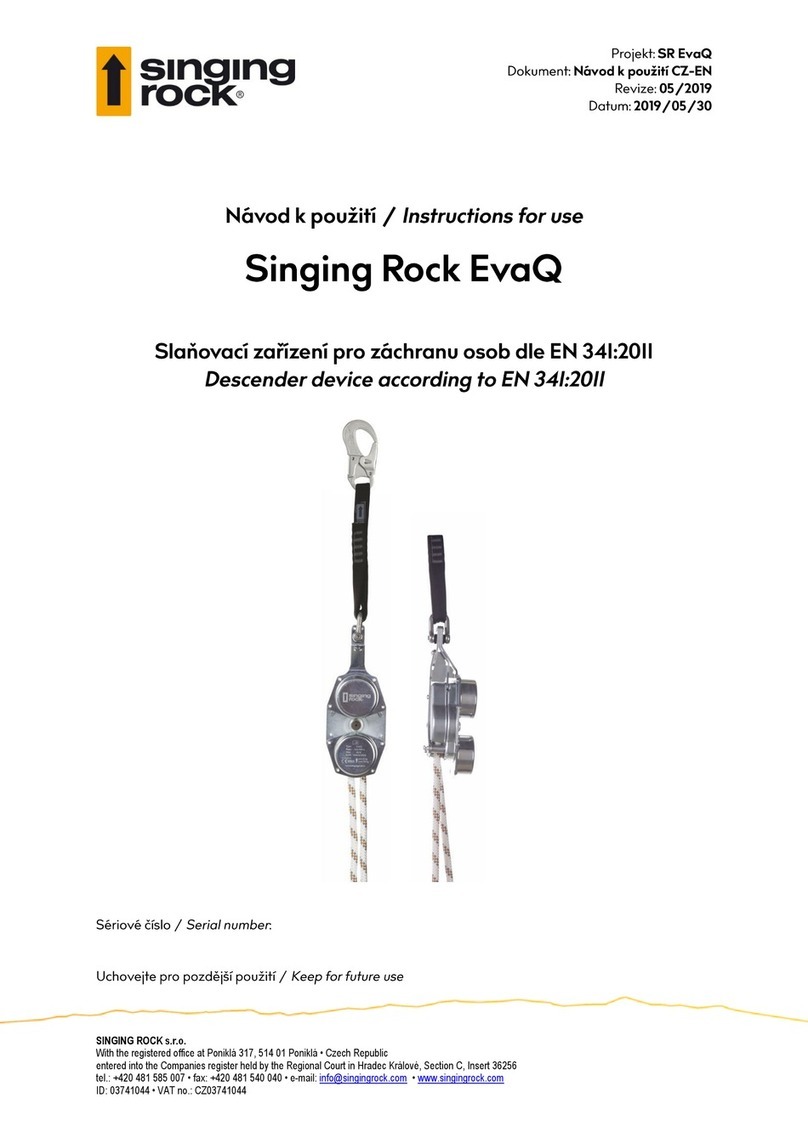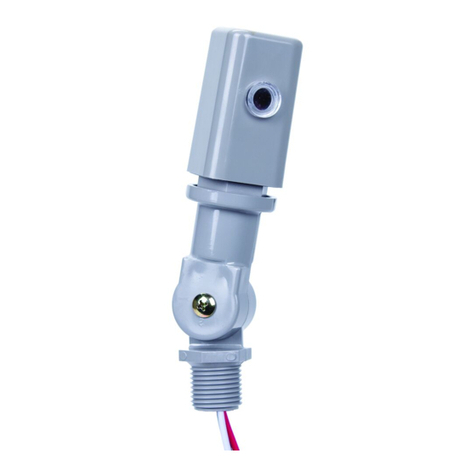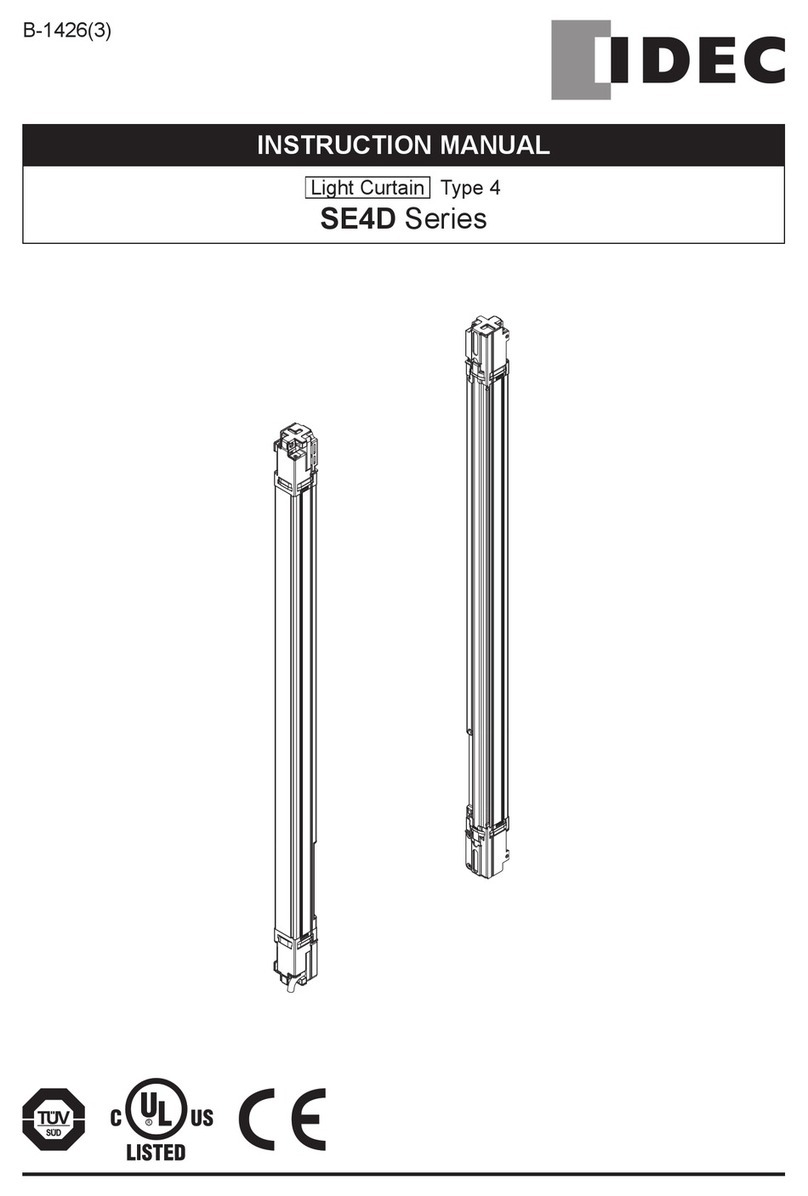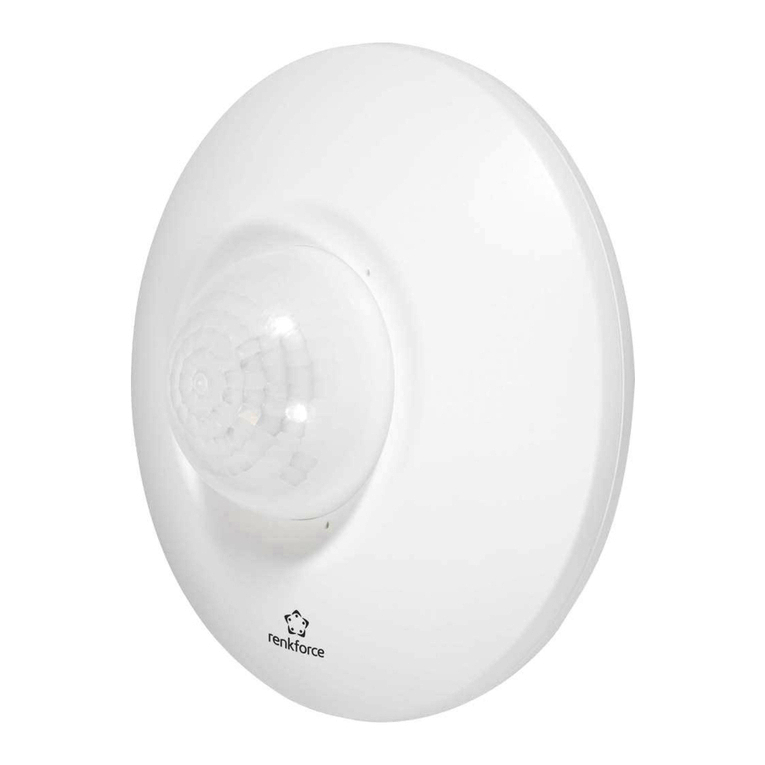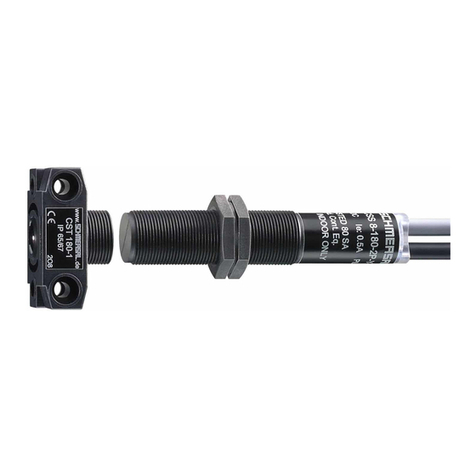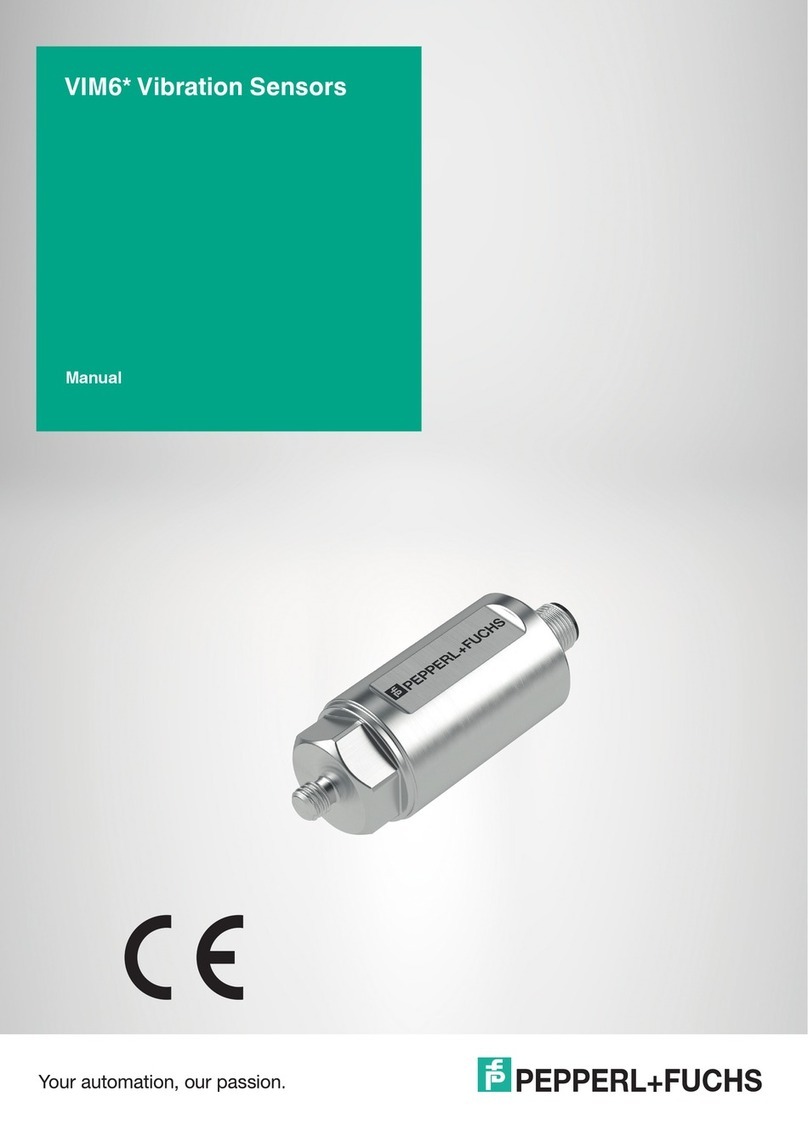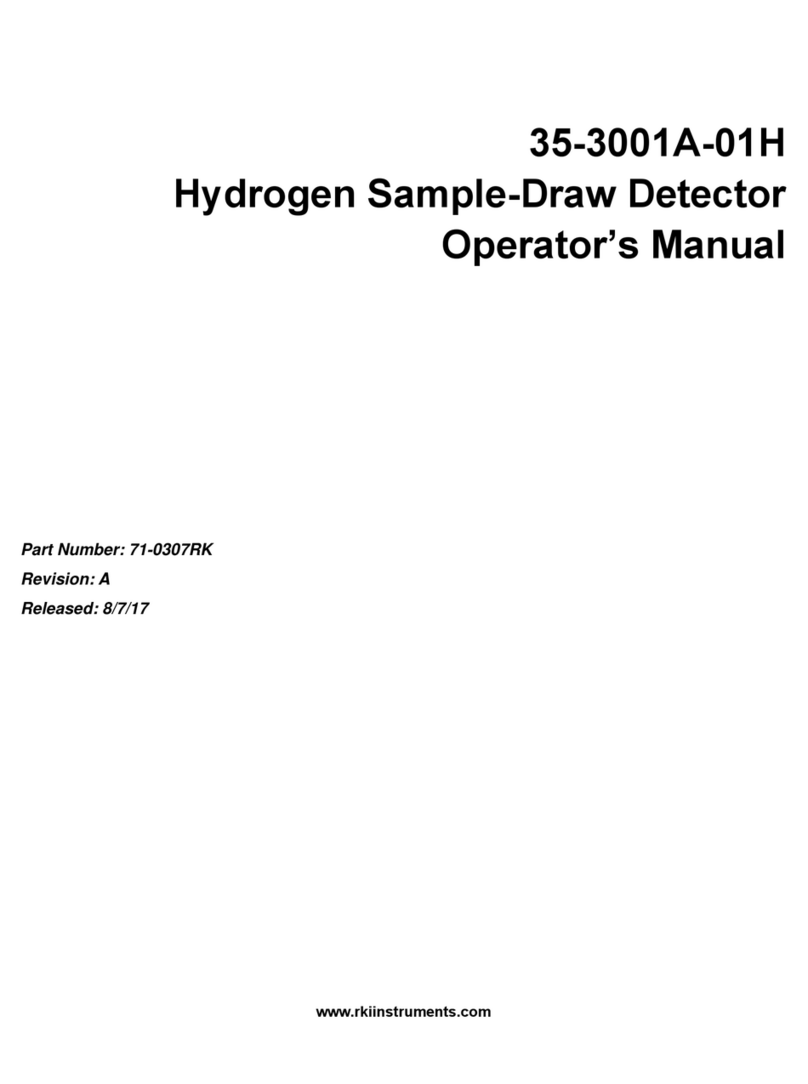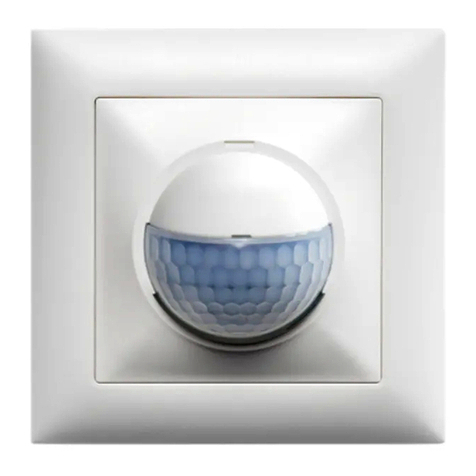
PRM-470B
TABLE OF CONTENTS
1. INTRODUCTION.....................................................................................................................1
1.1. SCOPE AND PURPOSE OF MANUAL....................................................................1
1.2. GENERAL DESCRIPTION.......................................................................................1
1.3. SAFETY PRECAUTIONS.........................................................................................3
1.4. SPECIFICATIONS.....................................................................................................4
2. INSPECTION AND SETUP ....................................................................................................6
2.1. INSPECTION..............................................................................................................6
2.2. SET-UP PROCEDURES ............................................................................................7
2.3. INITIAL SETUP CHECKLIST..................................................................................9
3. OPERATING INSTRUCTIONS...........................................................................................10
3.1. POWER-UP AND SELF TEST................................................................................10
3.2. SEARCH MODE ......................................................................................................11
3.3. BACKGROUND MODE..........................................................................................11
3.4. MODE CHANGE AND RESET...............................................................................12
3.5. DISPLAY BACKLIGHT..........................................................................................12
3.6. LOW BATTERY DETECT......................................................................................12
3.7. RECOMMENDED SETTINGS................................................................................13
3.8. TYPICAL SEARCH PROCEDURES......................................................................13
4. THEORY OF OPERATION..................................................................................................15
4.1. COMPONENTS AND SUBASSEMBLIES.............................................................15
4.2. SELF TEST (SYSTEM RAM) .................................................................................16
4.3. BACKGROUND MODE..........................................................................................17
4.4. SEARCH MODE ......................................................................................................17
4.5. AUDIO ALARM.......................................................................................................18
5. MAINTENANCE....................................................................................................................19





















